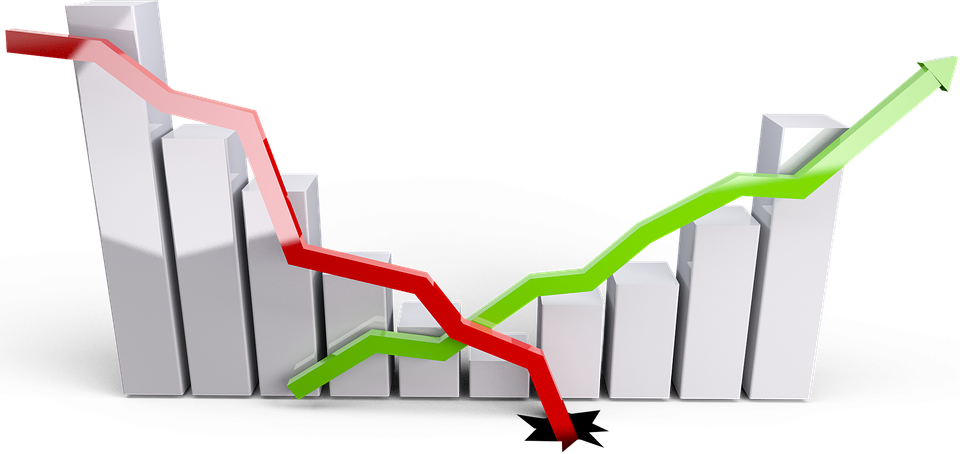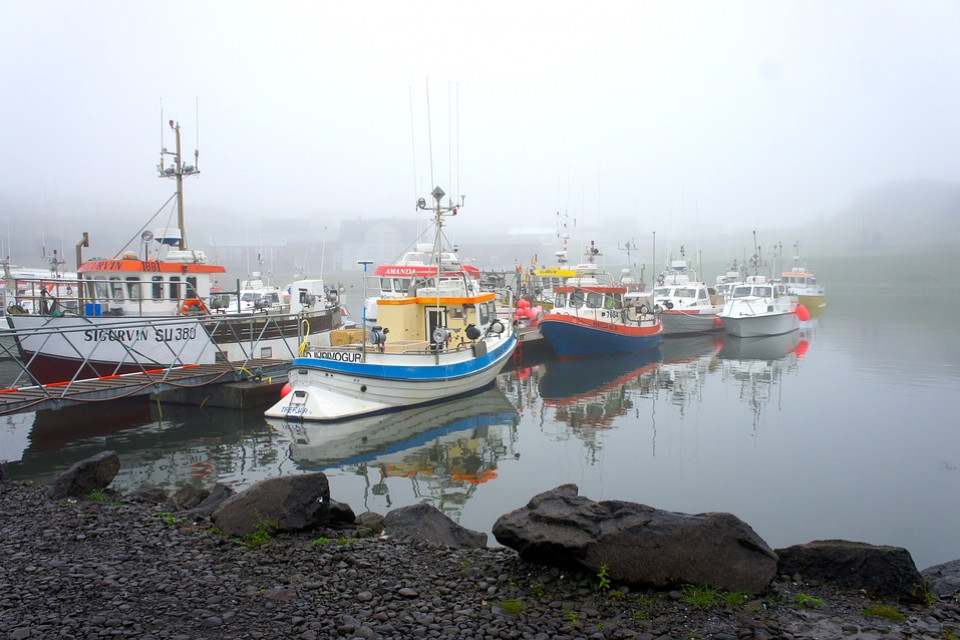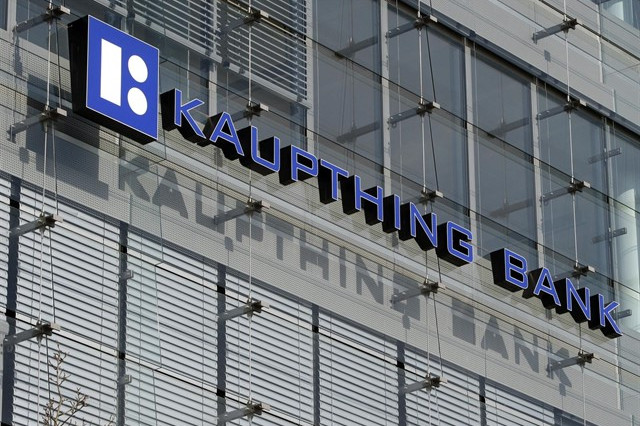These months, it's been 10 years of the crisis that managed to darken the mood of one of the most calm and peaceful countries in the world. Icelanders remember with a certain bittersweet taste the period between the end of 2008 and the beginning of 2009: sometimes sad with what happened; and others, proud of what has begun to be known as "the Icelandic miracle".
In July 2008, external shocks compounded the perfect scenario to bring the country to bankruptcy. External debt reached the 9,553,000 million Icelandic crowns (about 50,000 million Euros) -80% of which was in the hands of the banking sector- whilst its GDP was 1,293,000 million crowns (8,500 million Euros). This is to say, Icelandic economic agents together owed abroad six times their GDP. Several banks such as the Glitnir, the Landsbanki and the Kaupthing were nationalized and the control passed to the country's Financial Supervision Authority (FME), which had to ask the IMF for help. In the aftermath, different bankrupt banks paved the way to nationalization, and 26 of the heads of financial institutions ended up in prison. The Icelandic authorities were forced to freeze payments on their debt that their financial entities had with third parties, causing the United Kingdom to use anti-terrorist legislation against the country to demand payment from British savers.
The Icelandic Króna was devalued by 80%, damaging a good proportion of the families that had their mortgage loans in foreign currencies, having consider them more stable than the national currency.
Some 10,000 people lost their homes. The adjustment after the shock did not occur through a skyrocketing increase in unemployment commonly associated with an economic recession, but rather via a reduction in prices and wages. The flexibility of the labour market ended up playing an essential role in the Icelandic miracle, without forgetting the ability to adapt that a country with less than 350,000 inhabitants has.
The crisis was a great contradiction for everyone, given that the country was coming from a long period in which the annual growth of the economy was around 5% (9% in 2007) and from there, they went to a negative growth of -6, 8% of GDP. The levels of public debt of previous years were around 30% of GDP and after the adjustments applied, the debt reached 99% of GDP in 2011. GDP per capita fell by 32%, going from 50,500 Euros in 2007 to 34,300 Euros in 2008. These statistics might prove that, in percentage terms, Iceland bore the brunt of the financial crisis.
THE ICELANDIC MIRACLE
Ten years later, the situation has improved markedly and many economists have been quick to call it an "Icelandic miracle". The statistics support this description to a large extent since the average growth of Iceland over the past four years was around 5%, doubling that of the EU. GDP per capita has practically doubled, from 34,300 Euros in 2008 to 63,200 Euros ten years later, while for the same period, the Euro area has remained stable at around 32,000 Euros. Although in 2018, some deceleration in growth is apparent.
Public debt has fallen from 99% of GDP in 2011 to around 50% ten years later, a figure that falls within the parameters that could be considered reasonable. The budget remains balanced after some years of high volatility, reaching deficit figures of 12.9% in 2008 and a surplus of 12.3% in 2016.
The country's unemployment rate stood at 2.6% in October 2018 (in Spain it is 15%), with youth unemployment at 6.4% (40% in Spain). This unemployment rate is at pre-crisis levels and can be considered as the country's structural unemployment rate.
After noting the objective improvement in the economic activity indicators, public sector and employment experienced in the country after the occurrence of the crisis, we need to ask ourselves what has happened to prices. In this variable lies the main objection to the Icelandic evolution.
The arrival of the crisis devalued the Icelandic Króna by 80%, making its exports more attractive, incorporating wage reductions and a loss of purchasing power of the public at large.
The financial crisis placed Iceland centre stage on the world scene which, together with the devaluation of the currency, greatly increased tourism to the island (and the consequent entry of foreign currency). Today, this sector accounts for 12% of the country's GDP and 20% of commercial investments. However, this sector is cooling down: the number of people who visited Iceland increased close to 40% in 2016, but only 24% in 2017, pending the official figures at the end of 2018. This foreign exchange, together with the economic growth, is leading to a significant increase in price levels -particularly in the real estate sector- which, together with the reduction in real wages, might contract domestic demand and slow down the growth expectations for the country. At the same time, a displacement of skilled labour towards countries with higher real wages can be detected, which allows them to save and be able to pay for their housing.
We are witnessing a miracle, yes -in lowercase-, whose permanence in time is volatile, although surely no-one would doubt that what happened in Iceland during the last 10 years was something amazing and worthy of study. We will need to wait to see what happens with tourism, the price of housing and real wages to certify whether the Icelandic miracle of these 10 years will end up writing itself or not in capital letters.











